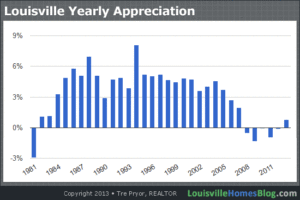
Obtaining a mortgage can be intimidating but understanding the entire process makes the task easier. There are multiple steps involved in the mortgage process, regardless of whether an individual is buying a new home or refinancing an existing loan. In most cases, home refinancing is less complicated than acquiring a new mortgage.
1. Getting Pre-Qualified and Pre-Approved
Pre-qualification and pre-approval for a loan are the first steps in obtaining a mortgage. During the pre-qualification process the lender estimates how much the buyer can afford and the amount the bank may be willing to finance. Pre-approval involves a lender tentatively committing to a specific funding amount. A pre-approval is not binding if the buyer decides to use a different lender.
2. Applying for a Mortgage or Home Refinancing
The application process typically takes an hour to complete. The buyer must provide the lender with his or her financial information, including pay stubs, W2 forms and bank statements. The loan officer determines which type of mortgage or refinance loan is best. Fixed and adjustable rate mortgages vary significantly in terms of interest amount and a lender can explain the advantages of each financial product.
At this time a buyer can lock into an interest rate that reserves the interest amount for a specific time frame. In order to get a lower interest rate the lender often requires the buyer to pay points, or “discount points.” Once a rate is determined, the buyer signs the required forms and the lender provides a Good Faith Estimate detailing the approximate cost of the entire loan process.
3. Processing and Underwriting a Loan
When the application for a loan is completed the processing stage begins. During this phase, the lender verifies the buyer’s employment and financial information. The buyer may be required to pay for a property appraisal, as well as, a credit report. The property appraisal is an estimate of the market value of the home being purchased. Lenders generally provide loans based on appraisal amounts.
A mortgage loan must be reviewed by an underwriter for final approval. Underwriting is a secondary verification of all information provided in the loan package. The underwriter confirms that loan requirements are met and the buyer qualifies for the loan. Loan processing can take up to two weeks, however, loans that qualify for automated Desktop Underwriting may be processed within five days.
4. Closing a Loan
Once approval is confirmed by the underwriter, the date of the loan closing is decided upon. During a closing, the title to the home is transferred from the current property owner to the buyer. A Settlement Statement is provided as well. This statement should be fairly similar to the Good Faith Estimate provided during the application procedure.
Different mortgages require different courses of action and the type of loan determines the length of time needed for completion. A loan officer can fully explain the individual processes involved in obtaining a loan. By understanding the basic mortgage loan process a buyer can protect his or her finances and avoid any unforeseen circumstances.


